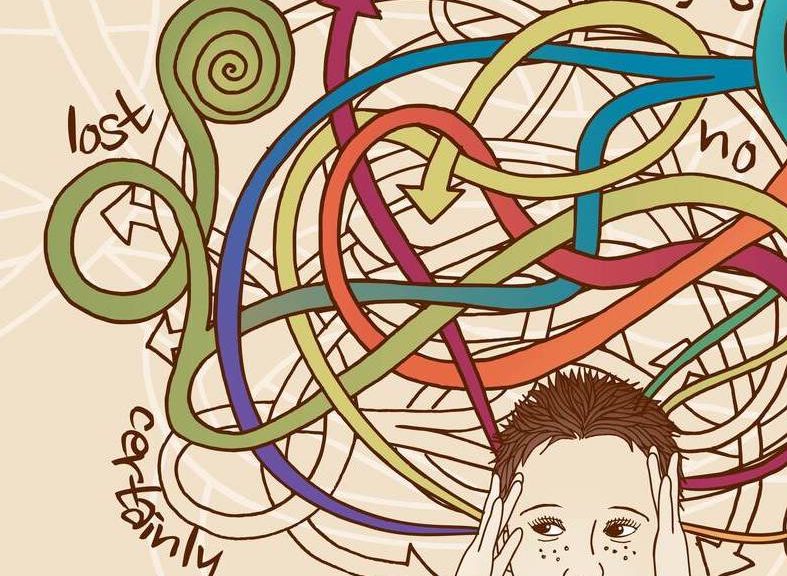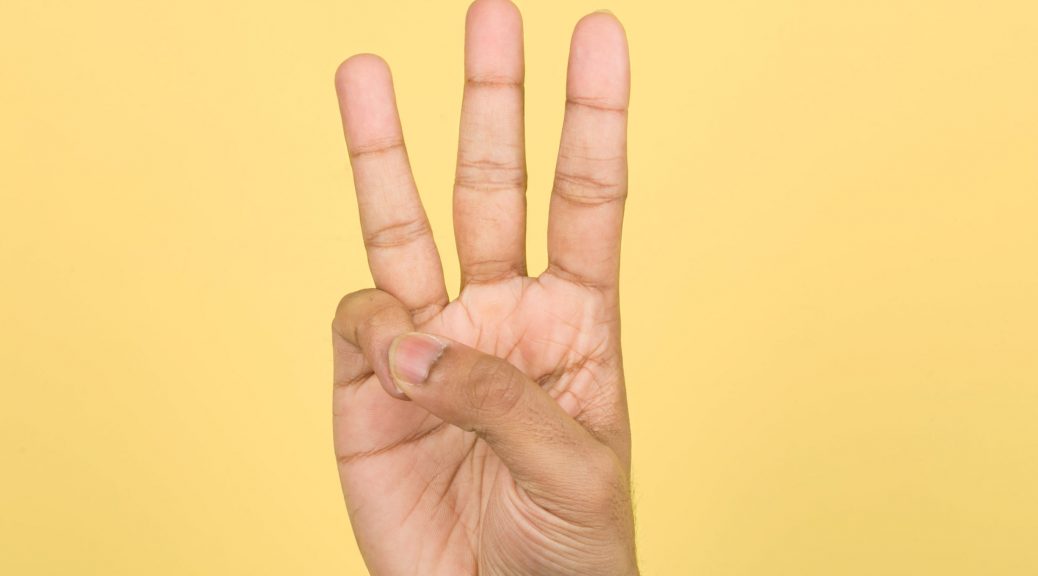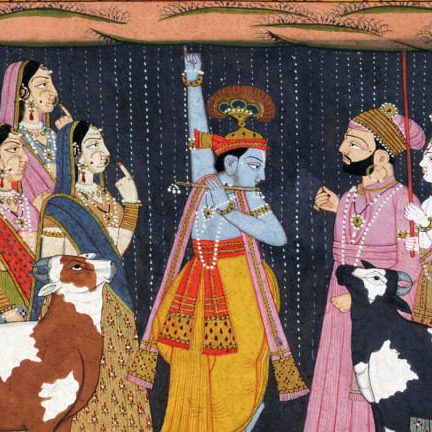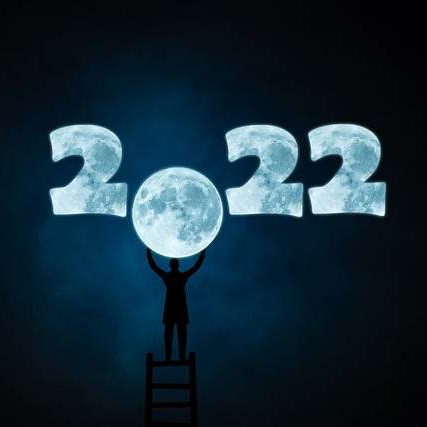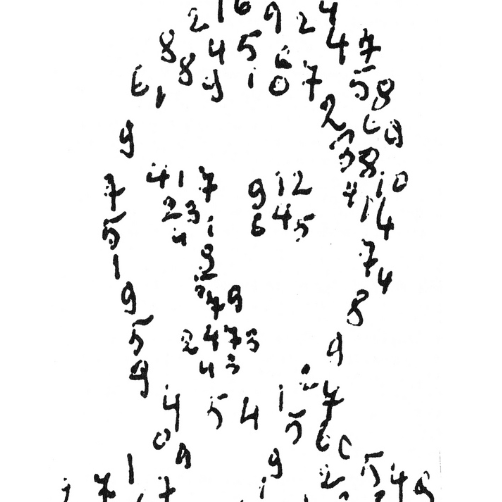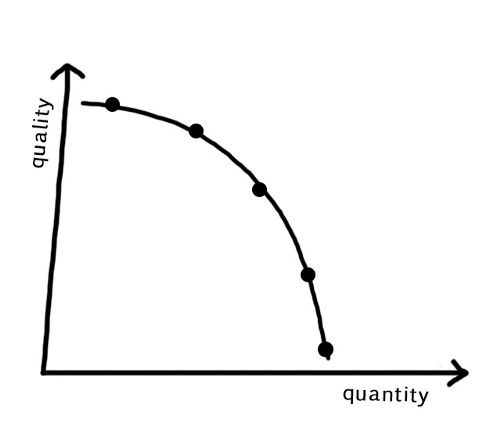On January 19, 2022, the world woke up to the news of the horrible death of Jagdish Patel, his wife Vaishali, their daughter Vihangi and son Dharmik. Residents of Dingucha, a village in Gujarat were found frozen to death in Manitoba on the Canada-US border. They were on their way to the US without valid documents. They had moved to Canada from Gujarat on a valid tourist visa in late December 2021. Like other 24.9 million people worldwide, the Patel family were victims of Human Trafficking.
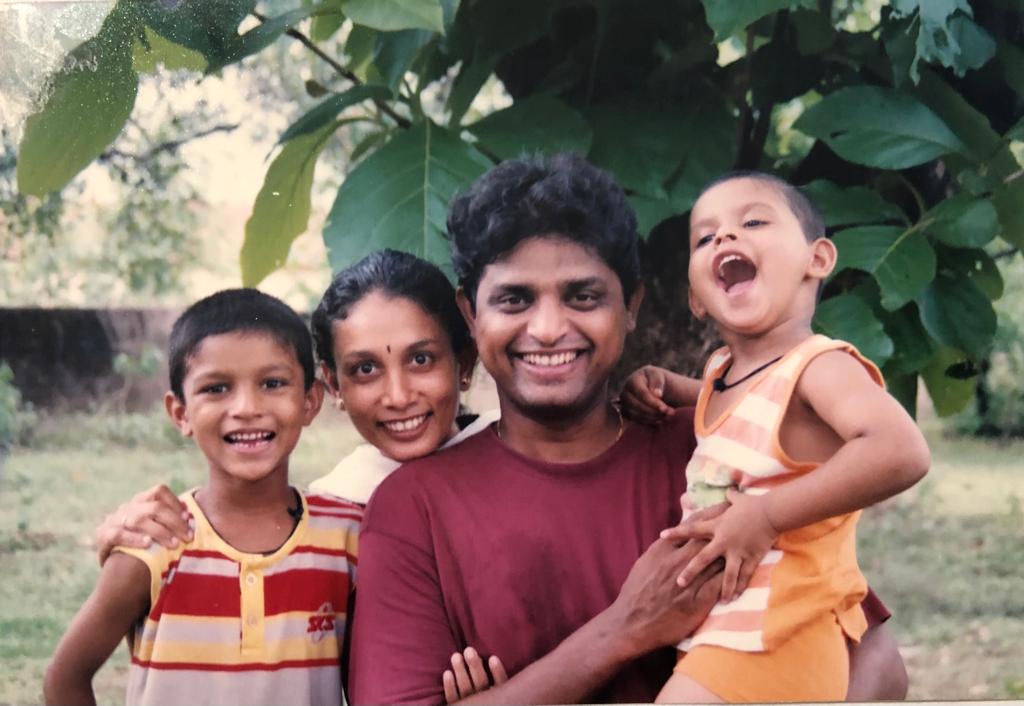
Hon. Harold D’Souza and his family too were victims of Human Trafficking. On March 13,2022 at the webinar “Human Trafficking: In Conversation with Hon. Harold D’Souza”organized by the Ontario Konkani Association, in collaboration with the Canada India Foundation, Indus Community Services, North American Konkani Association, Chitrapur Heritage Foundation, Saraswat Foundation, U.S.A. and Konkani Association of California, Harold spoke about the difficulties faced and overcome by him and his family. The family’s story is one of survival, resilience and finally triumph.
Hon. Harold D’Souza, native of Bajpe, Mangalore was born in Vadodara, Gujarat. His father Henry D’Souza had moved to Dabhoi, Gujarat with a job at Western Railway. Bajpe runs in Harold’s blood. He credits Bajpe for his respect for value, character, education, faith, love and humility.
A friend who was living in the United States who owned a restaurant in Ohio, lured him with a better life. In 2003, at 37, with master’s degree in Marketing Management and a postgraduate diploma in Human Resource Development, Harold resigned from a senior management position to follow the American Dream. Once he and his wife Dancy, also from Mangalore, and two sons – Rohan then 4 years old and Bradly 7 years old were in the US, their perpetrator took their documentation, wiped their bank account and put them in a one-room apartment. He threatened to have them deported unless they worked in his restaurant. Harold and Dancy, toiled 24/7, 16 hours a day without pay. Harold puts it “but my American dream transformed into hell. I lost my freedom and struggled to keep those I loved safe”. They too had become Human Trafficking victims.
After 19 months of servitude, at last Dancy confronted the restaurant owner and demanded their back wages. He repeated his threat to have them deported. The restaurant’s chef overheard the conversation and connected the D’Souzas with the US Department of Labor. His exploiter sent a hit man to have him killed. While in the hospital bed, he vouched to live for his children and wife. With the help from Trafficking Assistance Programs, their church and community, they escaped their imprisonment.
According to the International Labour Organization, there are over 24.9 million people in forced labor worldwide. But reliable statistics on human trafficking are hard to come by as victims often do not know they are being victimized. Victims of human trafficking are held captive by debt bondage, violence, and other forms of manipulation, and their servitude goes unnoticed in their communities, and unassisted.
Traffickers use coercion and deception to exploit their victims and compel them to labor or commercial sex. Would be victims may pay between Rs 50 lakh to Rs one crore or more per person to their human traffickers. The victims often borrow money for passports, visas or travel expenses with the promise of a job or romantic relationship, only to be forced into servitude. Often victims are reluctant to report to the authorities as they are threatened if they come forward, they’re going to be deported or prosecuted.
Trafficking is estimated to be a $150 billion industry, the second most profitable illegal business after the drug trade. Victims are often lured by someone they know, commonly, friends or family members. Recruiters may be acting independently, or connected to organized criminal networks or terrorist groups.
Combating the crime requires worldwide collaboration. The Office to Monitor and Combat Trafficking in Persons at the US Department of State works with foreign governments and supports antitrafficking organizations in nearly 100 countries. In collaboration with international organizations like the UN Office on Drugs and Crime and the International Organization for Migration, they assist foreign governments in establishing comprehensive victim assistance services, and develop training programs on investigating and prosecuting trafficking crimes. It also facilitates the US Advisory Council on Human Trafficking, composed of survivors who are working to end trafficking on a global scale.
Life has come full circle for Hon. Harold D’Souza snd family. From being near slave, to the ‘Voice for the Voiceless Victims’. D’Souzas are an inspiration for those caught in the clutches of human trafficking. Harold was appointed to the U.S. Advisory Council on Human Trafficking first by President Barak Obama in 2015 and then by President Donald Trump in 2018. He and Dancy are the Co-Founders of Eyes Open International and are inspirational survivor advocates of international reputation.
Already, two different films are in production telling his story – “To be free” and a biopic by International Film Producers & Directors
(Victims of Human Trafficking, may call 1-888-373-7888 in the US or 1-833-900-1010 in Canada)


